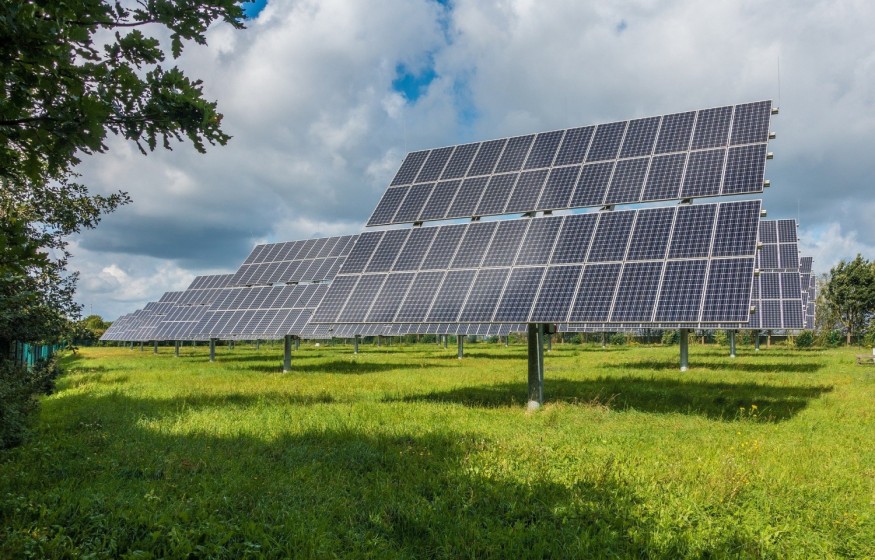Scientists are designing what they call 'anti-solar panels' that during the night will produce electricity.
The panels would be the full opposite of current climate change-friendly solar panels that rely on the sun on to produce electricity, releasing light instead of consuming it at night.
The goal of the new night panels is to be able to produce electricity around the clock. While it will not be able to generate as much electricity as conventional solar panels, it is assumed that it will be able to create a quarter of the energy that its current daytime predecessors provide.

Innovators

The University of California, Davis (UC Davis) has been developing a prototype, according to Robologic Lab, by integrating thermoradiative panels so that they can generate energy due to radiative cooling.
The parallels between a conventional solar panel and the proposed new night ones were observed by Jeremy Munday, an electrical and computer engineer from UC Davis.
'You have to use different materials, but the physics is the same,' he added.
A regular solar cell produces electricity by absorbing sunlight, allowing a voltage to appear around the system and flow for current, Science Daily said. Light is generated instead in these modern devices, and the current and voltage go in the opposite direction, but you still produce electricity.
End Goal
Scientists aim to create one panel that can run 24/7 instead of creating two separate panels, one for daytime and one for nighttime.
According to researchers, the secret is a specially built photovoltaic cell that could produce up to 50 watts of power per square meter under optimal conditions at night. That's about a quarter of what can be generated during the day by one traditional solar panel.
Put differently, as they're called, these thermoradiative cells produce power by radiating radiation to their atmosphere. It would emit infrared light if one were to aim this thermoradiative cell into the night sky simply because it is colder than outer space.
This approach is not new; for hundreds of years, individuals have been using this phenomenon for nighttime cooling, Monday explained. But "there has been a lot of interest in devices that can do this during the daytime" in the last five years, he added.
Reality
For now, this technology may not come close to a solar panel's energy harvesting capability, but the technology is also still at the stage of research and development. The researchers have also proposed upgrades, including better insulation along with the top layer, which could theoretically boost the system's power output to 0.5 watts per square meter or more, and this is just the beginning.
Possible Market
When they can optimize the device to generate about as much electricity as a typical solar panel everywhere, the green energy market will be fully transformed. When solar panels can't, it's easier to produce and can provide a means to generate energy.
As world economies begin to shift towards carbon neutrality and humans continue to innovate, "the sun is not the only sky-facing option for power generation," as the paper concludes.
Read also: Greener Earth: The Real 'Big' Problem
For more Environmental news, don't forget to follow Nature World News!
© 2025 NatureWorldNews.com All rights reserved. Do not reproduce without permission.





